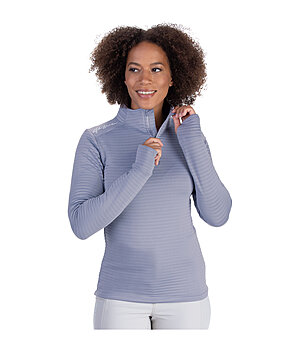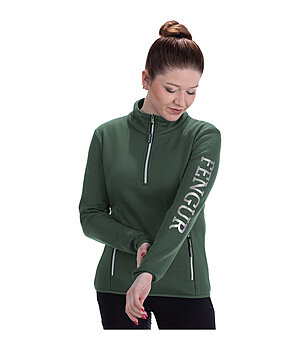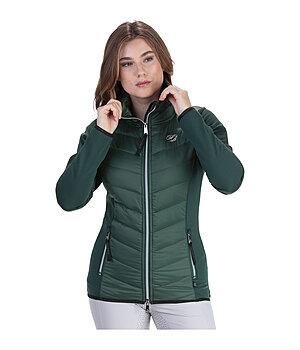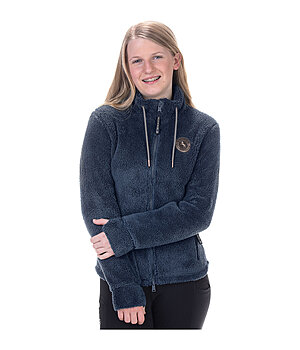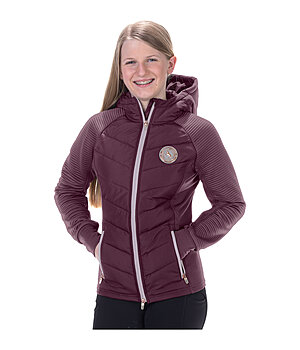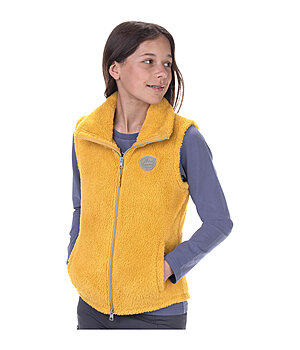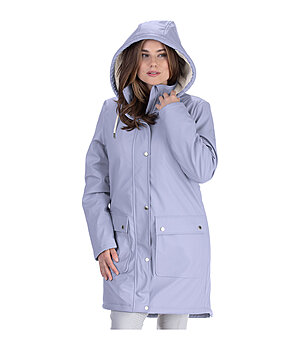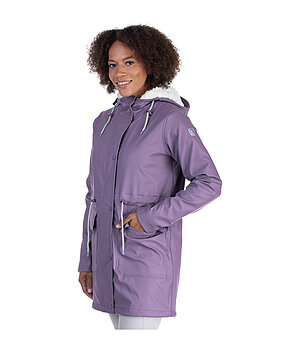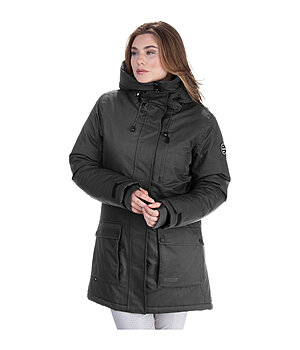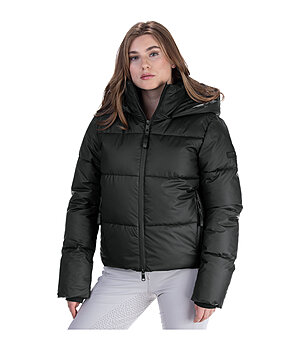The layering system and why it is so important for equestrian sport
Riders spend a lot of time at the yard. If you set off to your horse early in the morning, it can be quite chilly, especially in spring or autumn. Around midday, however, it can get really warm while working at the yard if the sun comes out. Are you not sure how best to dress for the yard during the transitional period without freezing or sweating excessively?

In our guide, we introduce you to the layering system, which has proven particularly effective for outdoor sports such as hiking and mountaineering. Why is the layering system particularly well suited to horse riders?
The intensity of movement may vary greatly throughout your stay at the yard. You arrive and first greet your horse with an extensive cuddling session – you don’t move very much -, then it’s time to groom and saddle your horse – your body starts moving -, finally you get into the saddle and start warming up, an intensive training session and after that you walk your horse until it is dry – everything from extremely sweaty activity to a cool down is included.
In autumn and winter, there are cooler temperatures, which increase the need for warmth with low to moderate exercise and the risk of a „wind chill effect“ after strenuous training. Particularly during the transitional seasons, the temperature gradient over the course of the day can be very distinctive. While it can still be very cold on an autumn morning with temperatures around zero, the temperature can still rise above 20°C on sunny days.
The simplest solution is to wear several layers of clothing, which can be put on or taken off as required, so that you can react optimally to fluctuations in weather and activity levels. The combination of different layers allows for optimised climate regulation during your time at the yard.
The levels of the layering system
The layering system is not just about putting on a few layers of clothing on top of each other. Each layer fulfils a different important function – only if they are chosen carefully can the layers interact and develop their climate-regulating effect. In the following, we will introduce you to the standard levels of the layering system and then provide you with a simple overview to download, which you can use to select the appropriate riding outfit for any weather conditions. However, the following applies: there is no one-size-fits-all recommendation for the layering system. Everyone’s perception of heat and cold is different, as is their training intensity and sweating patterns during sporting activities.

Don’t forget the accessories
As riders do not have many options when it comes to trousers, we will limit ourselves to the tops in the following. However, remember that additional accessories are also part of your layering system. Liner gloves, helmet caps etc. are great for wearing under conventional riding gloves or a riding hat and offer additional protection from the wind, wet and cold.

Base Layer
A base layer is the first layer of clothing that you wear directly on your body. This primarily includes underwear. For riding, you should wear functional sports underwear that is as seamless as possible to prevent chafing. For female riders, a well-fitting and supportive sports bra is also essential (you can find out what to look out for when buying a bra in the previous section of our guide). In colder temperatures, long underwear is an adequate base layer for riders who spend a lot of time outdoors.
Thin and close-fitting functional tops can also serve as a reliable base layer. In order for the base layer to fulfil its purpose, the underwear should be worn close to the body so that sweat can be absorbed and wicked away directly.
FUNCTIONAL UNDERWEAR AT KRAMER EQUESTRIAN
Mid Layer
The mid layer is responsible for thermal insulation. Depending on the weather and activity, a rider’s outer clothing can range from a short-sleeved top in summer to a thick and very warm fleece jacket in winter. Regardless of whether it is warm or cold outside, the mid layer must be breathable during sporting activity so that sweat can be reliably wicked away from the body! In summer, the mid-layer is usually sufficient as the last layer, whereas in winter, in colder temperatures below zero, it may be necessary to use two layers as a mid-layer, e.g. a fleece jumper and a combination stretch jacket.

Air is the best insulator
Did you know that the air trapped between your body and clothing is actually the reason why you get warm? Clothing merely acts as a barrier so that there is no exchange between the cold air masses in the environment and the warm air created by body heat. As textured or high-pile textiles can store even more air, the heat output increases accordingly. The denser the fabric, the less air can escape through the mesh.
Feel comfortable to be successful
It’s okay to be a little cold before training, but if you’re not cold, you may be too warm for the upcoming workout. If you don’t like being cold, it’s best to put on another mid-layer that you can easily take off, such as a fleece jacket with a zip, which you can also take off on the horse without any problems as soon as you have warmed up.
FROM TOPS TO FLEECE JACKETS – THE MID LAYER AT ITS BEST

Shell Layer
The shell layer is the outer layer of the layering system and, like the shell of a mussel, is designed to protect riders from the elements. In equestrian sports, it is usually wind, rain, cold and snow that can be a challenge when working with a horse. To ensure that you are fully protected in cold, windy and wet conditions, the shell layer should be as waterproof and windproof as possible, but at least water-repellent and wind-resistant, depending on the requirements. Classic outerwear for the last layer includes windproof and water-repellent soft shell jackets and other functional riding coats or riding jackets that fulfil the relevant requirements. In summer, the shell layer is usually only necessary for short rain showers, where a simple rain poncho also provides adequate protection from the weather. On colder days, riding jackets and coats are padded to provide additional protection against the extreme cold.
The shell layer in summer
Weather protection in summer also means thinking about protection from UV rays, especially in summer! This is now easy to do with sun cream, but should also be ensured by physical sun protection in the form of suitable riding clothing, e.g. by wearing a protective cap while working in the stable or protecting yourself from the sun with long-sleeved clothing.
PROTECTS AGAINST WIND & WEATHER – THE SHELL LAYER
Our simple overview will give you a bit of inspiration as to which items of clothing you can use to create a perfect riding outfit based on the layering system:













